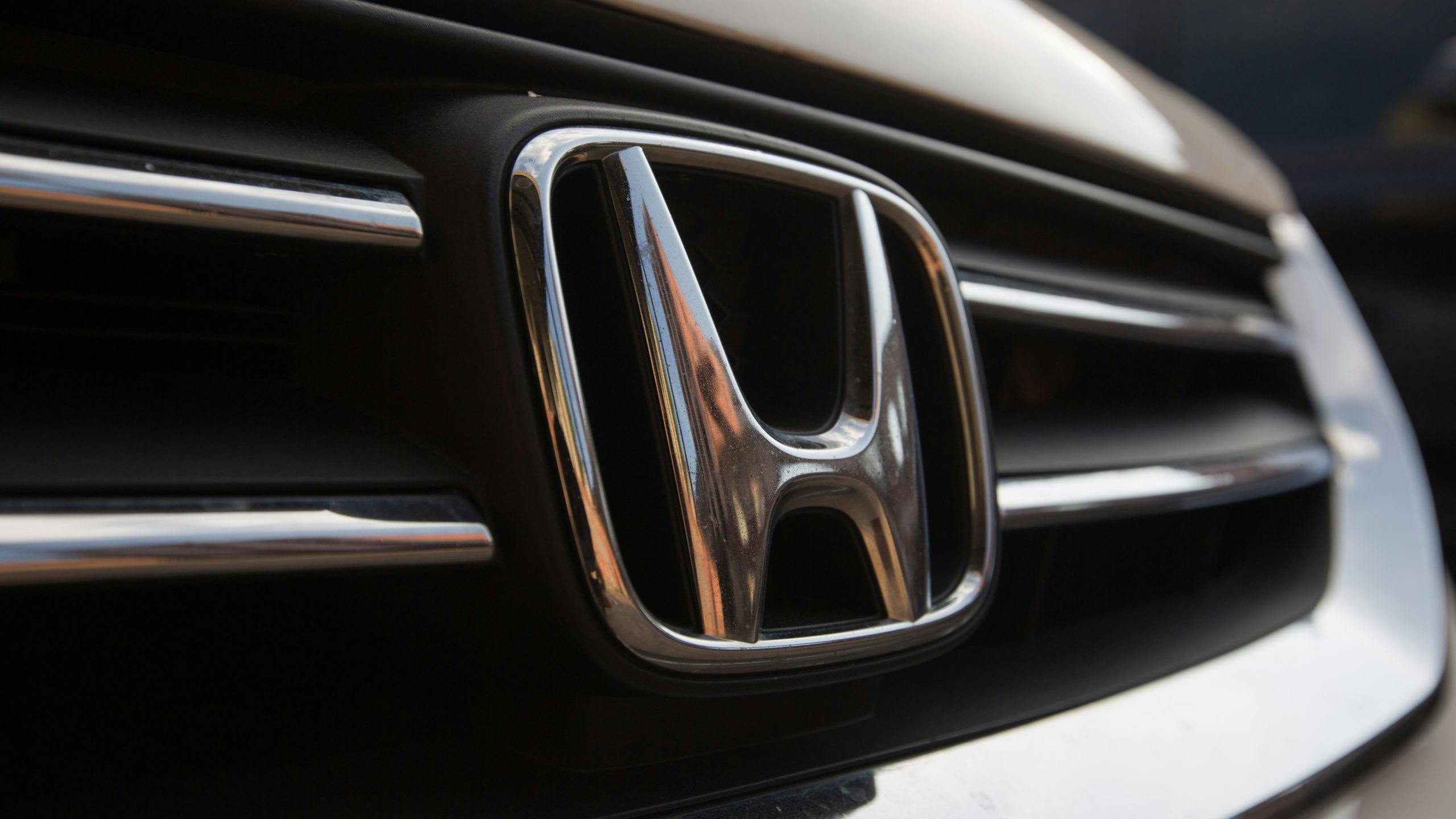Honda is all-in on electrification and it has made it clear that there’s no turning back as the company aims to discontinue its internal combustion engines by 2040. In an interview with Automotive News, CEO Toshihiro Mibe revealed that the company has expanded on its plans for pushing out electrified vehicles. One of the big take-aways? Honda is open to forging more partnerships.
During the interview, Honda revealed that it plans to lead in electrification just like it did in the field of combustion engines. Mibe told Automotive News that the company is aiming for carbon neutrality and that the engineering expertise of its workers is its biggest asset. Employees once building Honda’s legendary engines are now being trained on making fuel cell and battery-electric powertrains as it strives to create realistic solutions to sustainable mobility.
Mibe, however, noted that in North America, there’s a rush to fully electrify and believes the transition is going to take time. For that reason, the partnership with General Motors became justified to make building battery-electric vehicles more feasible from a business standpoint. He also pointed out that Honda is planning to expand into other ventures related to EVs and plans to release in-house built vehicles once it reaches a certain volume. Mibe hinted that more will be revealed next year regarding Honda’s plans for electrification in North America including more details on battery strategy and its two upcoming models.
Like other automakers, Honda’s boss knows that battery development will cost billions. Mibe says that the company is still looking to see when it can launch solid-state batteries, which are considered game-changers. As a result, it hasn’t made a further investment in lithium-ion production lines just in case it can’t be used for solid-state production. A pilot plant for the latter will start up next year and will be used to assess when the changeover to solid-state packs will occur.
In the meantime, Honda will leverage its partnership with General Motors to create a strong value chain for its EVs. Over time, the business model will change as electrification becomes commonplace, focusing on software. General Motors’ Cruise division will also be working with Honda to test robotaxis in Japan. The goal is to turn big cities like Tokyo into places where autonomous driving technology and electrification can be used to improve mobility, reduce congestion, and reach carbon neutrality.
As for additional partnerships, Mibe said that Honda is open to the idea especially now because the company can’t do everything on its own. “Maintaining independence is not necessarily the first thing we need to stick to,” he told Automotive News. “The thing we want to do is build a society that is carbon neutral. To achieve that, we might need to collaborate with companies that have something Honda doesn’t — for example, may be an IT company or an infotainment or entertainment company, or maybe entities from a completely different industry. It might lead to generating new values. If holding shares becomes necessary as part of that, then we would need to consider that, too.”
Honda’s first battery-electric vehicle in the U.S. is due in 2024 wearing the Prologue nameplate. It will utilize General Motors’ Ultium powertrains and platform. In the same year, Acura will also get its first EV underpinned by Ultium but its name hasn’t been revealed yet. Both vehicles, however, will be crossovers.

